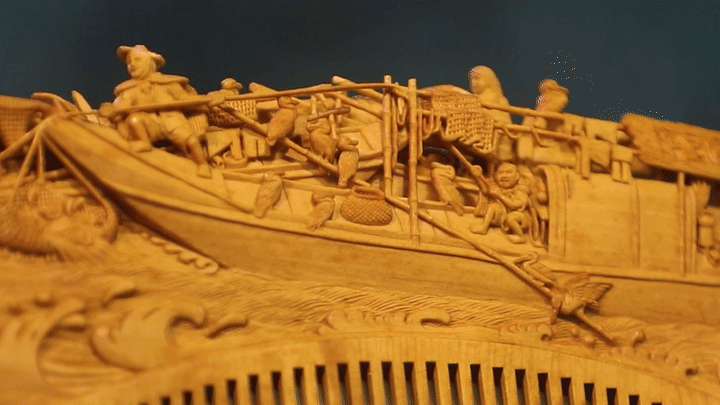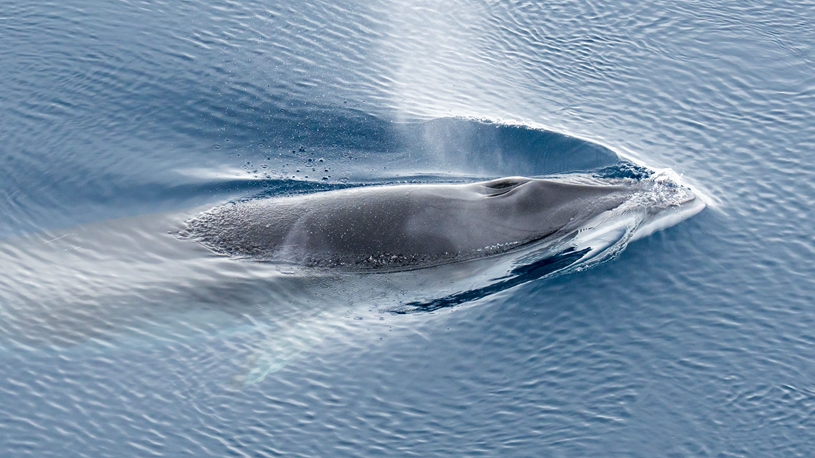
Image released by NASA on July 12, 2022 shows the edge of a nearby, young, star-forming region called NGC 3324 in the Carina Nebula. Captured in infrared light by NASA's James Webb Space Telescope, the image reveals for the first time previously invisible areas of star birth. (NASA, ESA, CSA, STScI/Handout via Xinhua)
BEIJING, Jan. 15 (Xinhua) -- An international team of astronomers has unveiled the findings of a study on the formation process of high-mass protostellar clusters, where stars like the sun originate.
It is known that the distant luminosity observed through telescopes comes mainly from a small number of high-mass stars, weighing at least eight times as much as the sun and born in massive protostellar clusters, or primitive star clusters. However, little research on how such clusters originally formed has been conducted.
To find the answer, a team led by researchers at Peking University used several large radio telescopes from home and abroad to undertake high-definition observations of protostellar clusters.
For example, they used the Atacama Large Millimeter/submillimeter Array (ALMA), an international astronomical facility, to observe 11 massive and luminous clusters in the Milky Way.
Following years of study, they have finally revealed the mystery of the complete and dynamic evolution process of such high-mass clusters, in collaboration with researchers from more than 20 universities and research institutions, such as the Chinese Academy of Sciences, the University of Chile, and the Harvard & Smithsonian Center for Astrophysics in the United States.
Numerous stars are generally thought to be formed in molecular clouds, a kind of condensation of cool and dense gas in galaxies, according to their research results published in the Astrophysical Journal and the Monthly Notices of the Royal Astronomical Society.
"We dynamically observed that dense cores in molecular clouds collapse and contract under gravity, eventually forming primitive stars, known as protostars," said Xu Fengwei, first author of the paper at Peking University.
A large number of protostars with gravitational interaction then form clusters, which grow closer and tighter under the continuous collapse and contraction of molecular clouds, he said.
In the 11 clusters the team observed using ALMA, they identified 248 dense cores, including 106 candidates showing protostellar signatures.
The giant molecular clouds continue to convey their gas inwards as they evolve under gravitational contraction, while more gas feeds the cloud center's high-density cores, which then grow faster. "This may explain the known fact that high-mass stars generally form in the center of stellar clusters," Xu explained.
However, only small parts of the molecular clouds are converted into stars, and the remainder either exist in the form of diffuse gas or return to interstellar mediums.
Wang Ke, an astrophysics researcher at Peking University, said that instead of just observing mature star clusters, astronomers are now able to study the evolution of early clusters with improved radio telescope technology, and deepen the understanding of their formation. ■












